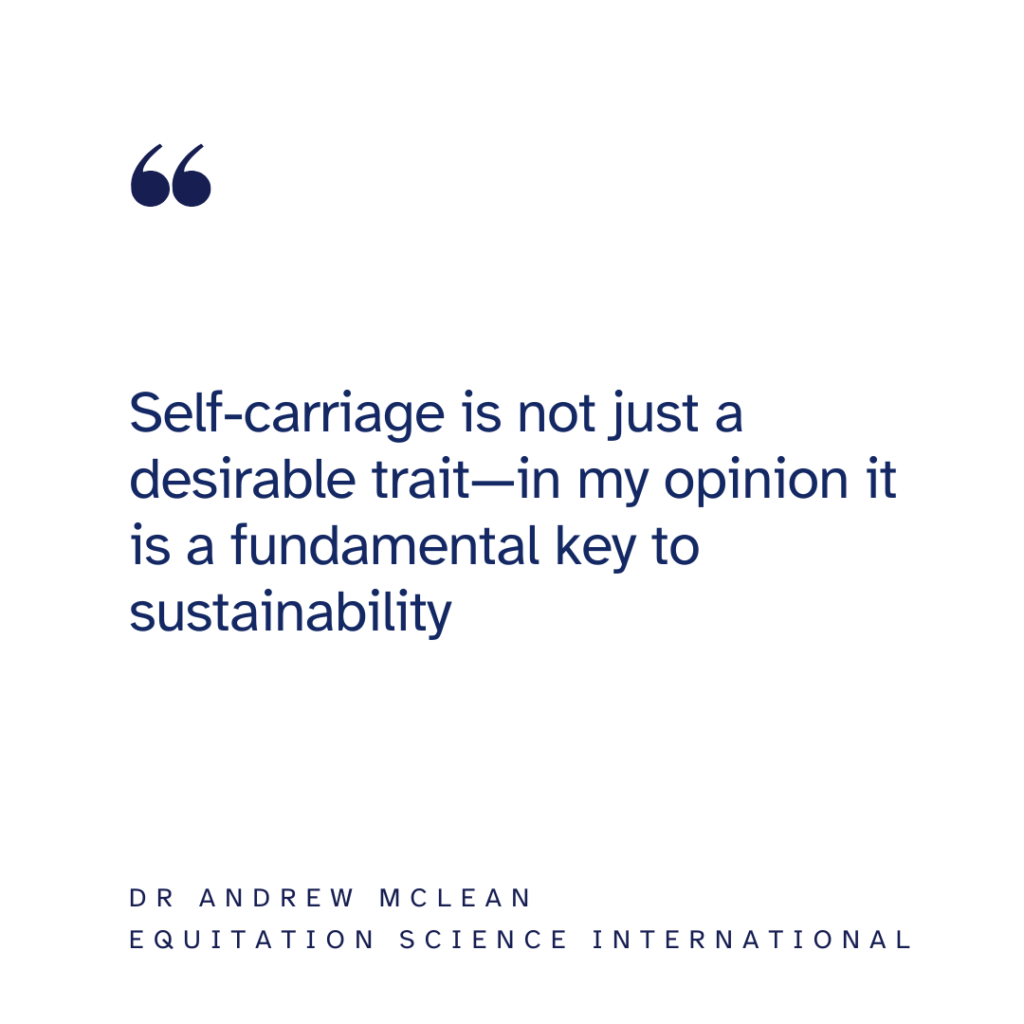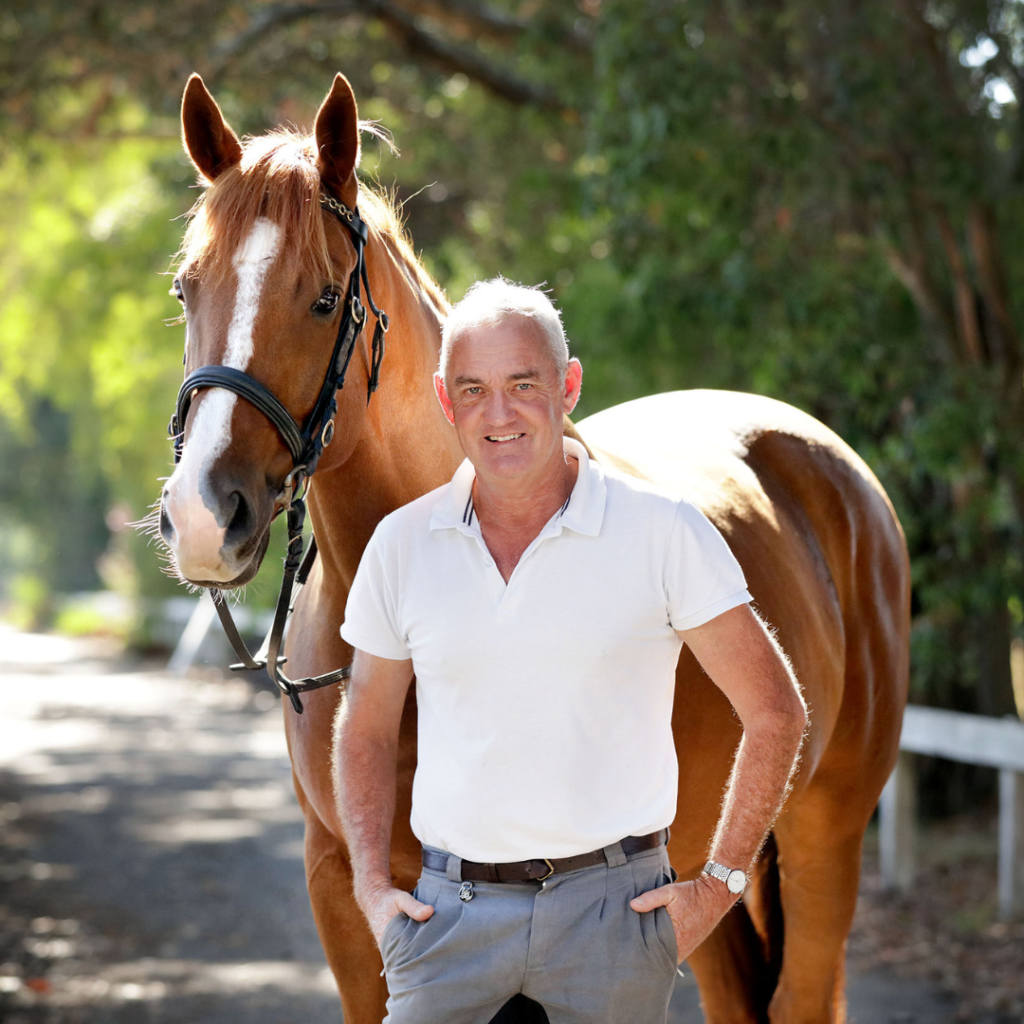Articles
The path to horse sport sustainability – Andrew McLean

“I am frequently asked at conferences and speaking events how I see the future of horse sports.
I believe that there is a relatively easy and sustainable path forward, and one that we are already heading towards with some of the best riders in dressage.
What I’m talking about is the quest for self-carriage. We need to actively privilege self-carriage in training, coaching and especially judging because protocols of judging set the goals for competition.
Perhaps this is not the only step toward the future, but it’s a strong start.
Addressing self-carriage will temper many of the widespread condemnations: ischaemic tongues, mouth lesions, tight nosebands, hyperflexion and coercive gadgets: these would be pointless relics of the past.
Without doubt, prioritising self-carriage would be a stake in the future for equestrian sport that would regain public trust.
The writing on the wall is that social licence compels us to rethink training as well as the gear we use on horses.
If horses can’t be protected, the case for not competing on them strengthens. It is a high bar that needs strong compliance and regulation.
Self-carriage means training the horse to ‘self-maintain’ gait, tempo, stride length, line and outline, without continuous pressure or nagging from the rider. It has a history that goes back to the Renaissance and possibly before.
When horses are in self-carriage, they are actually ‘doing it on their own’ i.e. the rider gives a cue and the horse does it without further signals. Self-carriage is proven by the surrendering of the reins for one or two strides. If anything changes during this surrendering, the horse was not in self-carriage.
As Carl Hester has said “The best thing you can do for self-carriage is the give and re-take of the reins” (The Horse Magazine, Sept, 2020).
The horse in self-carriage has better mental health than the horse held in a frame owing to reduced pain and stress and increased agency. Such a horse is psychologically balanced between going and slowing as well lateral tendencies.
What’s more, the horse in self-carriage moves differently, more softly but maybe not as spectacularly. This is because there is a trade-off between spectacular movement and stress. We have to come to terms with that ‘loss’.
So how do we actually implement it in competition?
In all dressage tests and in all gaits and movements (except perhaps flying changes and extended trot) there should be at least one release of the reins for one to two complete strides for each gait and movement where possible.
As a result, a judge would immediately visualise a benchmark of the horse’s comfortable contact depending on whether the horse did or did not alter his head and neck outline or quicken.
In my experience, when the reins are momentarily looped, a horse that is held too tightly will lengthen his nose maybe even just a little, but enough to give him comfort, and you see it in his softer movement.
I believe it would be a very positive move in terms of public perception and sustainability of horse sports if a dialogue occurred in terms of setting up a judging ‘think-tank’ that includes all relevant experts such as judges, coaches, riders, vets and equitation scientists.
Self-carriage is not just a desirable trait—in my opinion it is a fundamental key to sustainability. It is a critical standard.”
Dr Andrew McLean
Equitation Science International


